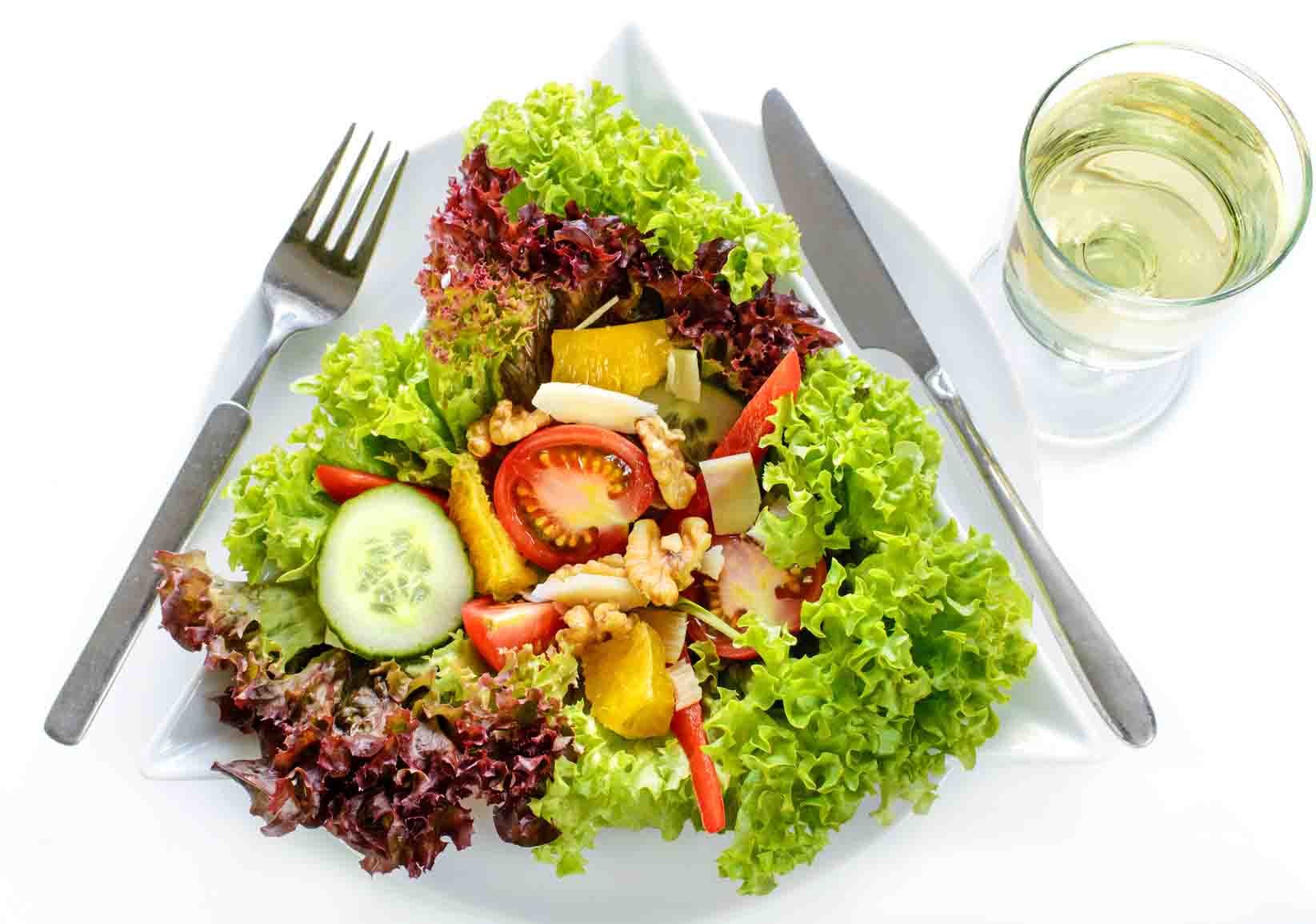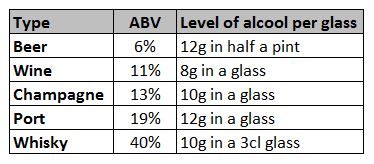 As the Christmas and New Year’s Eve dinners are over, do you want to start a detox period, just to reset the counters? Calorie counting can sometimes extend to wine. Here are some tips for choosing the least fattening beverages to accompany your detox recipes.
As the Christmas and New Year’s Eve dinners are over, do you want to start a detox period, just to reset the counters? Calorie counting can sometimes extend to wine. Here are some tips for choosing the least fattening beverages to accompany your detox recipes.
Does wine have many calories?
Wine, like any alcoholic beverage, obviously has more calories than water (which is neutral), even if wine is made up of about 90% water. Wine generally contains between 70 and 100 calories per 100ml, varying depending on the type of wine: dry, sparkling wines contain less calories than dry, white wines and rosés, which themselves have less calories than red wines. Then come dessert wines and finally naturally sweet wines. However, never fear, wine remains one of the least fattening alcoholic beverages, notably because of its lower alcohol content than spirits: as a comparison, whisky often has over 230 calories, just like vodka, while gin rises to 265 calories …
On the other hand, cider and beer contain fewer calories than wine. But beware, when it comes to beer, the “light” effect is often cancelled out by the amount consumed: we rarely have a 100ml (or 10cl, let’s not forget) glass of beer as we do for wine. Rather, we count it in pints (about 50 cl). Furthermore, a can of beer (33 cl) has as much alcohol as a glass of wine. Finally, the figures must be put into perspective: a 90-calorie glass of wine only ever represents 4.5% of our recommended daily calorie intake, the equivalent of a handful of peanuts. And for us at iDealwine, we prefer giving up peanuts than a glass of wine to accompany our meal! 😉
The chart below shows the ABV, alcohol content percentages, of some beverages:

Source: La santé vient en mangeant – Le guide alimentaire pour tous, prepared by the French agency of food health and safety.
The calories in wine mainly come from alcohol and sugar. 1g of ethanol equals 7 calories, while 1 gram of sugar equals 4 calories. Contrary to popular belief, it is above all alcohol that matters, even more than the sweetness of the wine in terms of calories.
However, unlike sweetened drinks such as fizzy drinks, for example, wine has many nutrients which are beneficial to our health. Wine contains more than 800 different substances (proteins, carbohydrates, fibres, mineral salts, micro-nutrients, polyphenols …), some of which are good for us. It is therefore not to be criticised as part of a low-calorie diet and when seeking a healthy and balanced diet, but it should of course not be abused.
Are some wines less fattening than others?
As we have seen, the number of calories in wine mainly depends on its level of alcohol and sugars. So logically, if you want to choose the least fattening wine, you must choose those which are not as sweet and, especially, not as alcoholic.
Generally speaking, the volume of alcohol is often correlated to the latitude in which the grapes are grown. So, the closer we move towards southern appellations, sunny regions, the more the wines tend to contain a higher volume of alcohol because the grapes are very ripe. Conversely, the more we go towards the north, the lower the volume. For example, many German white wines are less than 10%, but beware: sometimes they contain residual sugars. So be careful about the type of wine you choose if you are counting calories. Similarly, specific wines such as Moscato d’Asti or ice wines are very low in alcohol content but, again, are accompanied by residual sugars, which mitigates or cancels out the prospect of a low-calorie intake.
We can also think of ciders and perries, with a low alcohol content, especially since they are not necessarily sweeter (choose bruts): Eric Bordelet’s ciders and perries for example – great favourites of iDealwine – combine the two elements needed to lower calories: far less alcohol (about 4-5%) and sugar. What’s more, everyone here will tell you that they are absolutely delicious and generally impress wine lovers with their finesse and complexity. Dry ciders and perries are therefore good companions for detox diets. Well, of course, if you eat marzipan cake on Twelfth Night and pancakes on Shrove Tuesday, these will pair marvellously well with ciders and perries. On the other hand, as regards to your weight-loss diet, there is no hope …
Due to global warming, alcohol levels tend to rise gradually or even become problematic in some areas of the south. Pay attention therefore to the wine’s alcohol content level, ABV, check thoroughly what is written on the label keeping in mind that this level is generally slightly underestimated for wines which already contain a lot of alcohol: some southern wines claiming to be 13.5% are sometimes closer to 14 or even 14.5% …
But beyond the climatic data, a new trend is emerging which is to produce less alcoholic “light” wines, including in very sunny regions, thanks to earlier harvesting or certain dealcoholisation techniques such as reverse osmosis or alcohol filtration. This is, for example, the case of the “So Light” cuvée of the Auriol domain in white, red and rosé.
How can we make nutritional food and wine pairings?
To do this well, the ideal solution is to combine nutritional recipes with lighter wines than usual, although as we recalled at the beginning of the article, a traditional wine (red wine or dry, white wine / sparkling wine) will not significantly change your calorie intake: a glass of wine represents less than 5% of your daily intake, so this is not the first thing to change in your diet. We must pay attention to quantity and moderation is key.
-
Food and wine pairings with detox recipes and healthy foods:
Recipes that can be paired preferably with dry white wines / fizzy low alcohol wine with, or even water! These wines will be first and foremost from the northern regions (Loire, Champagne, Savoy, Alsace, Jura, Moselle …).
-
Food and wine pairings with cider and perry:
Cider, king of the detox, goes wonderfully with camembert, galette des rois or pancakes, so many dishes which are unfortunately not light at all! Fortunately, cider can also be a good choice for recipes made with white meat, especially when they are garnished with fruit (such as apples) and / or cider. Rabbit in apples and cider, or roast pork in cider or even roast poultry go perfectly with a fine bottle of cider. Similarly, for the most refined ciders, the pairing also works very well with seafood: Eric Bordelet’s perries are great with sacllops and other shellfish…
Anyway, we must always remember that wine is alcoholic and that moderation is key if only to preserve our ability to appreciate the fine bottles mentioned by iDealwine. The WHO recommends three glasses of wine a day for men and two glasses for women. As part of a diet or a detox, it is best not to exceed one glass of wine a day, except on special occasions.
Other things to read on the iDealwine Le Blog:



